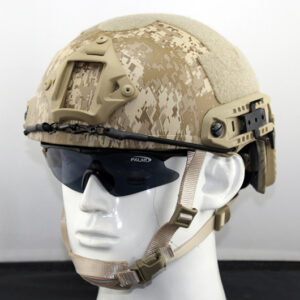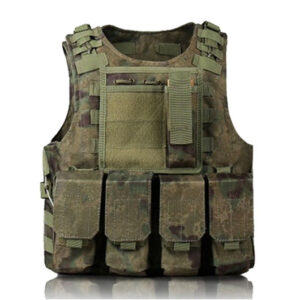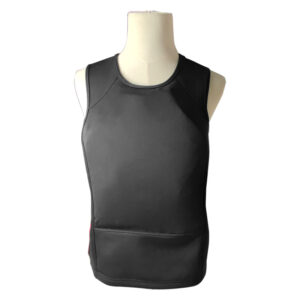Police handcuffs are fundamental tools utilized by law enforcement officers to restrain and control individuals during arrests and other law enforcement operations. In this article, we will explore the significance and functionality of police handcuffs as essential tools in maintaining public safety and enforcing the law.
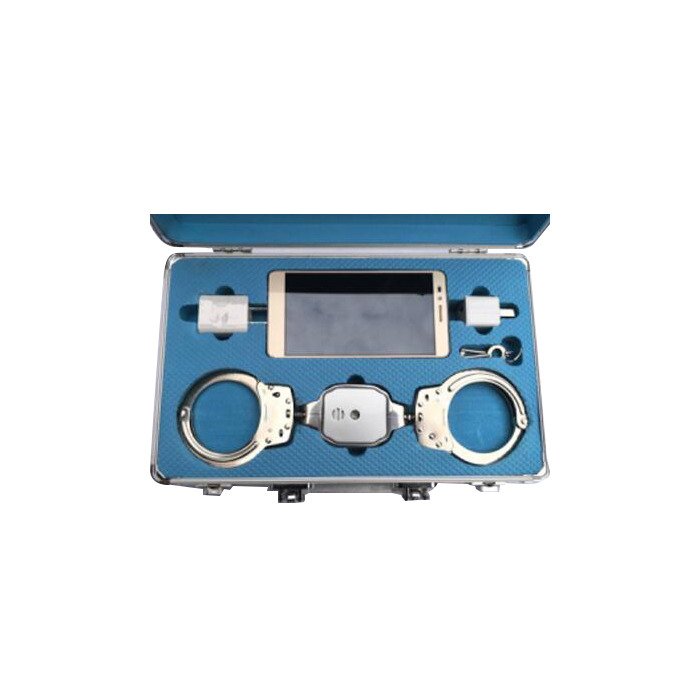
Restraining and Ensuring Officer Safety One of the primary purposes of police handcuffs is to restrain individuals and prevent them from escaping or posing a threat to officers or others. Handcuffing a suspect’s hands behind their back effectively limits their mobility and reduces the risk of resistance during arrest procedures. By securing the suspect’s hands, law enforcement officers can safely conduct searches and transport the individual with minimal risk of harm.
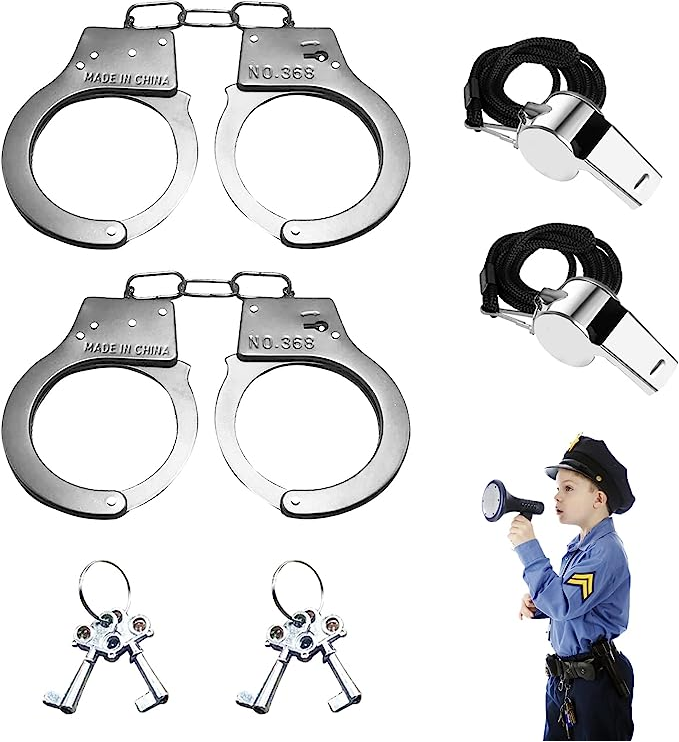
Types and Materials Police handcuffs come in various types and are commonly made of durable materials such as stainless steel or carbon steel. Traditional chain-link handcuffs, hinged handcuffs, and rigid restraint systems are among the most commonly used types. Each type offers unique advantages, catering to different law enforcement scenarios and officer preferences.
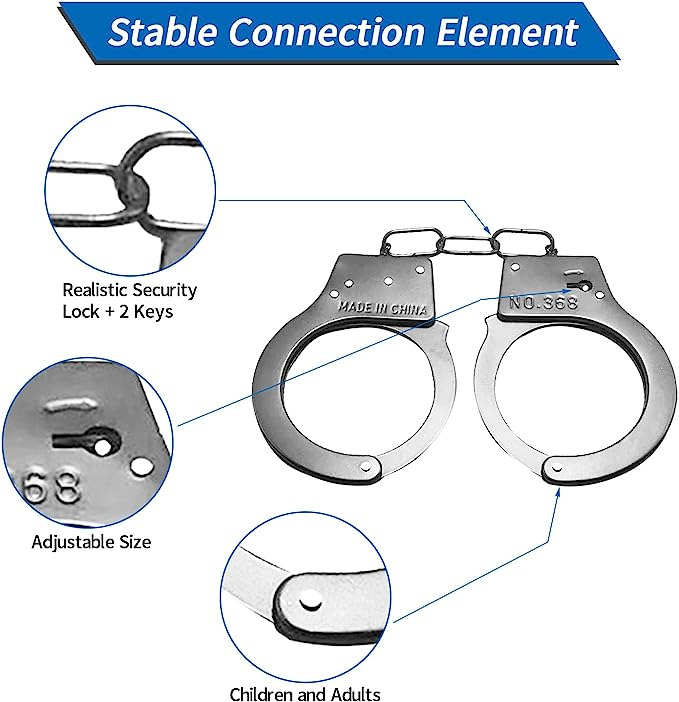
Proper Application and Training The proper application of handcuffs is essential to ensure the safety and well-being of both suspects and law enforcement officers. Officers receive training on the correct techniques and procedures for handcuffing to minimize the risk of injuries and ensure that the restraints are secure and effective. Properly applied handcuffs allow for safe and controlled detainment, reducing the potential for injury or harm during arrests.

Legal Considerations Handcuffing individuals is a serious matter, and law enforcement officers must act within the confines of the law and individual rights. The use of handcuffs should be based on reasonable suspicion and comply with relevant legal guidelines. Once individuals are safely detained, they retain certain rights, and law enforcement officers are responsible for their well-being while in custody.
Risk Mitigation and Officer Confidence By utilizing handcuffs as a means of restraint, law enforcement officers can effectively mitigate risks during encounters with potentially dangerous individuals. Handcuffing allows officers to establish control over situations, enhancing officer confidence and ensuring the safety of both the public and law enforcement personnel.
Role in Law Enforcement Police handcuffs play a critical role in law enforcement operations, providing officers with the means to conduct arrests, detain individuals, and maintain order. They are used not only in apprehending suspects but also in controlling individuals during various situations, such as crowd control or assisting in medical emergencies. The versatility and effectiveness of handcuffs make them indispensable tools for law enforcement professionals.
Police handcuffs are indispensable tools for law enforcement officers, serving as a means of restraining individuals during arrests and maintaining public safety. The proper application and use of handcuffs are essential to ensure the safety and well-being of both suspects and officers. By employing handcuffs judiciously and within the confines of the law, law enforcement professionals can effectively carry out their duties, maintain order, and protect the communities they serve.
